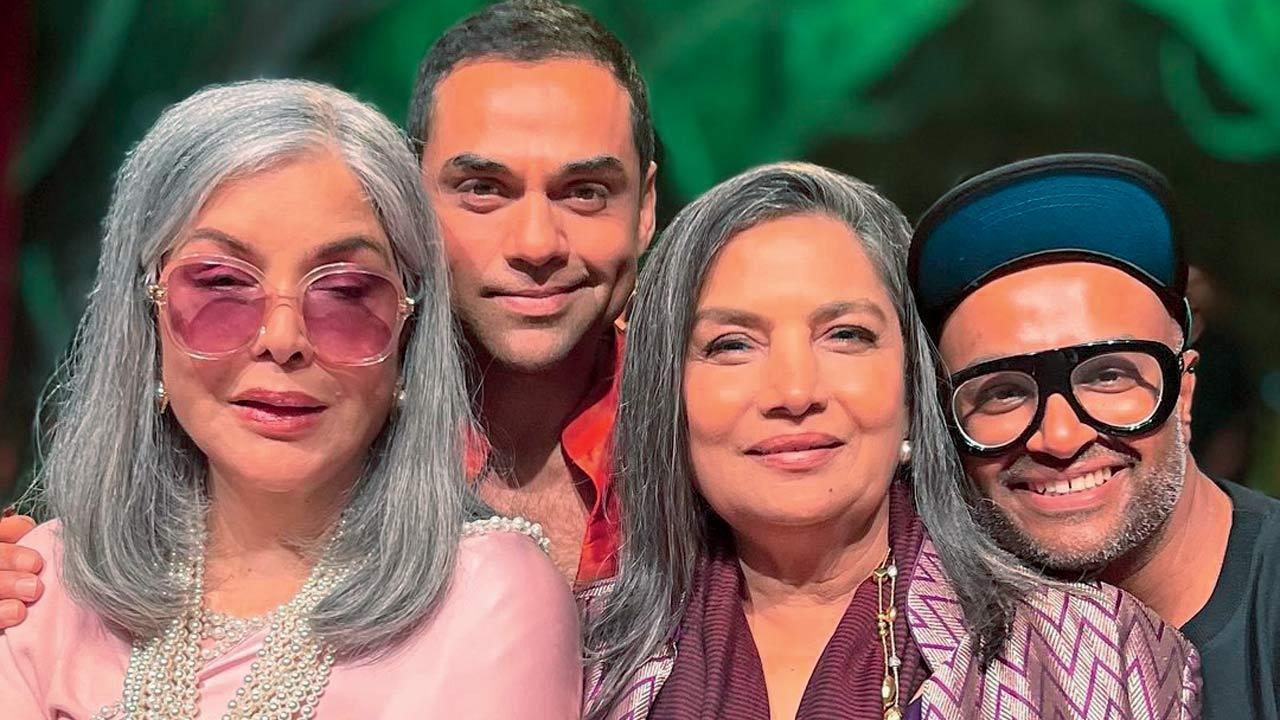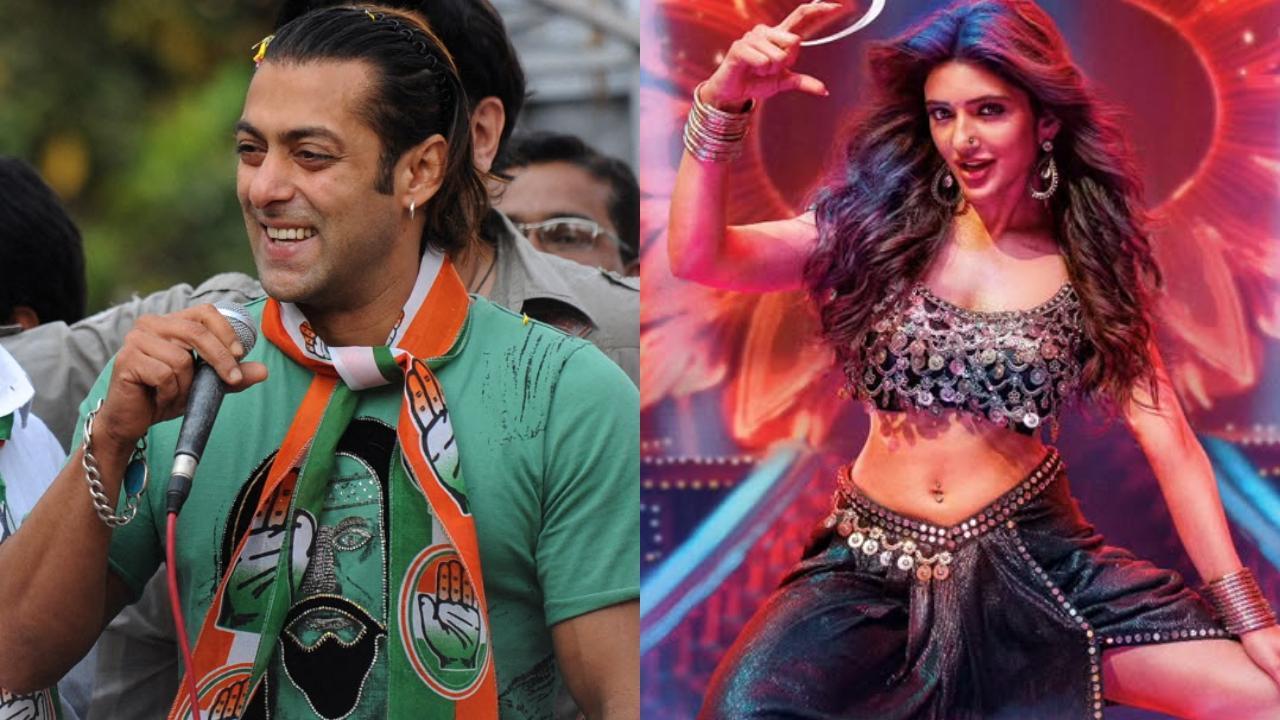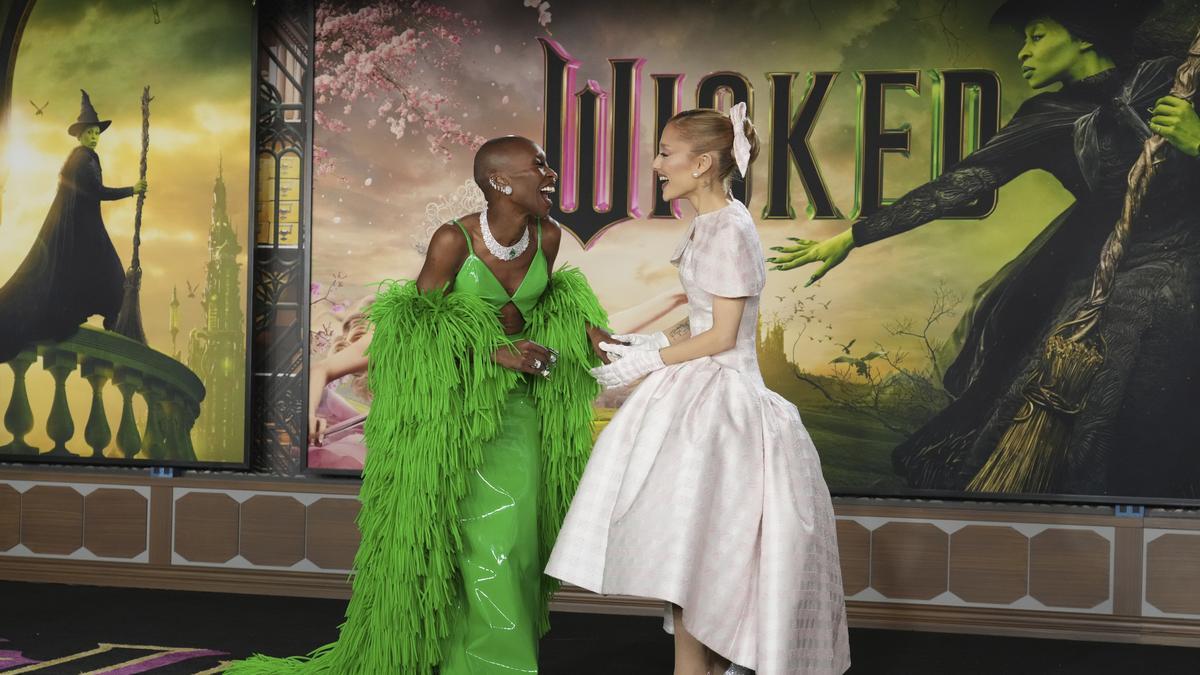
Hariprasad Subramanian, the young and dynamic flautist, showcased his immense talent and energy in a two-hour concert during the Venuganam festival organized by Mudhra across six evenings last month. The concert, characterized by its effervescence, began with a sketch delivered in Surutti that reinforced the raga’s sober nature. However, Hariprasad quickly transitioned into a varnam that revealed the raga’s spirited character, creating an engaging and vibrant atmosphere right from the outset.
Thiruvottriyur Thyagayyar’s ‘Ento premato’ in Adi tala was a brilliant exposition of how dynamic interpretations, especially in the rapid swara sequences towards the culmination of the piece, can inject vitality into a performance. This piece set the tone for an evening brimming with energy and enthusiasm.
Hariprasad’s choice of Nattai as the second piece further amplified the lively atmosphere. The inherent vivacity of this asymmetric raga was heightened in Purandaradasa’s ‘Jaya jaya,’ with the five-beat khanda chapu tala propelling the piece forward with great momentum. By this point, Hariprasad’s adept handling of the flute was evident to all attendees: his transitions to higher registers were smooth and devoid of any shrillness, and his rhythmic precision was impeccable. These qualities not only impressed his senior accompanists but also made their collaboration more harmonious. The smiles exchanged by M.R. Gopinath on the violin and the engaging chemistry with Sherthalai Ananthakrishnan on the mridangam and Madipakkam Murali on the ghatam highlighted the synchronized and joyous musical dialogue.
The concert’s sequence saw the presentation of Natakapriya, the first parent scale in the evening’s eight pieces. A seven-minute alapana elucidated the kaleidoscopic nature of the tenth melakarta, beautifully mirrored by Gopinath’s neat artistry in his response. The delineation of ‘Karuna jesi,’ part of Mysore Vasudevacharya’s ‘Idi samayamu,’ hinted at an upcoming swaraprastara set to Rupakam. Despite a minor jarring moments, this solfa segment stood out as an impressive display of both individual creativity and collaborative harmony.
.
Next in line was Nalinakanti with Thanjavur Sankara Iyer’s ‘Natajana palini,’ acting as a bridge to the concert’s centerpiece. Hariprasad’s Purvikalyani alapana was refreshing and skillfully handled despite adhering to traditional standards. His rendition displayed finesse and assured tonal quality, particularly in emphasizing the raga’s emotive essence. The abrupt cooling-down of the alapana was mitigated by Gopinath’s not wholly neat solo reply, which, despite its shortcomings, harmoniously led into the Oothukadu Venkata Subbaiyer kriti ‘Padmavati tamanan.’ The inherent mellowness of the melody graced each note, embellishing the kriti’s final stanza that branched out into a niraval.
This elaborate corridor of improvisations underscored the benefits of a collaborative effort grounded in mutual respect and cooperation. The progression to swaraprastara reinforced the role of the uneven Misra chapu tala in lending a distinctive charm to the performance’s rallies. The mridangam and ghatam increasingly took center stage, culminating in an 18-minute tani avartanam that adhered meticulously to the principal composition’s aesthetics.
The final segment of the concert comprised three pieces: Sadasiva Brahmendral’s ‘Manasa sancharare’ in Sama, ‘Bhavayami gopala balam’ (Yamuna Kalyani, Annamacharya), and a Lalgudi Jayaraman thillana in Maund. Though presented as tukkadas, these pieces were unhurried yet vivacious, providing a delightful closing to an evening marked by youthful exuberance and technical precision.
The concert was a testament to Hariprasad Subramanian’s ability to blend traditional Carnatic music prowess with a spirited and energetic performance. Coming from a lineage of musicians near Guruvayur, and being the son of nagaswaram vidwan O.K. Subramanian, Hariprasad’s inheritance of musical brilliance was evident throughout the performance. His control over the woodwind and his seamless interaction with the accompanists made for a memorable and riveting experience, setting high expectations for his future endeavors in the world of Carnatic music.










